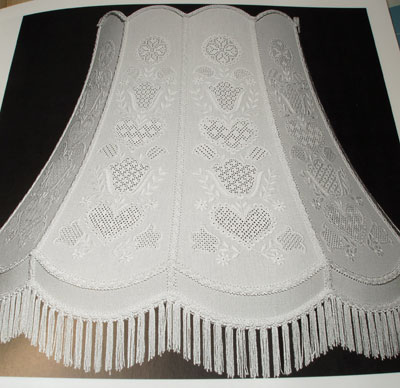May 11, 2012
Portuguese Whitework – Book Winner Announced
We started the week with this give-away of Yvette Stanton’s new book, Portuguese Whitework. Today, let’s end the week with a winner, shall we?
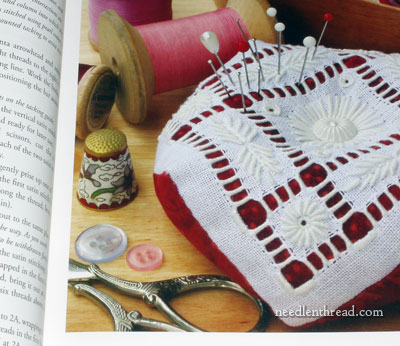
May 11, 2012
We started the week with this give-away of Yvette Stanton’s new book, Portuguese Whitework. Today, let’s end the week with a winner, shall we?

May 10, 2012
The last time we looked at the Medallion Project, it was undergoing a little demolition. But the demolition wasn’t really a set-back, you see! It was just Something that Had to Be Done. And I’ll tell you why, below. Trust me, the reason will not bowl you over with any brilliance. It was just a small, stupid mistake on my part!
The five goldwork and silk Tudor-style roses around the outside of the medallion are finished, too, which is a major chunk of the piece at this point. They were actually finished before I started in on demolishing the dots, though after a while, these little details begin to blur together…
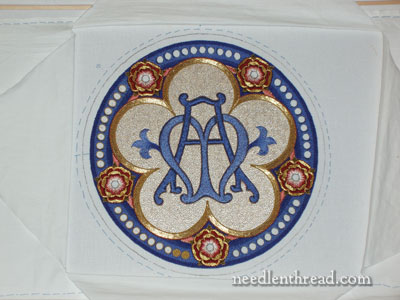
May 9, 2012
Last week, we talked a bit about Schwalm whitework and a stitching challenge / give-away for lefties. The challenge part includes stitching up a Schwalm project from Luzine Happel’s book, Basic Principles of Schwalm Whitework, re-written for left-handed embroiderers, and corresponding with Luzine about the clarity of the instructions and so forth. The give-away part is the fact that the three participants will receive all the materials necessary to complete the project, including the linen with the design already on it, the threads, needles, and the book.
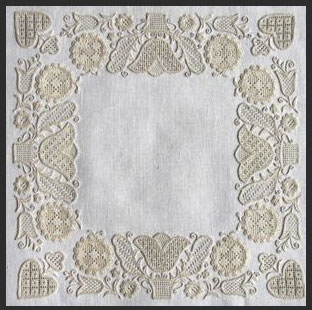
May 8, 2012
It’s true. There is no fabric quite like linen. When it comes to hand embroidery, linen is, in my mind, the ideal fabric. And there are many, many reasons why it is the ideal fabric. But there is one reason that shines beyond all the others: one Grand Reason that linen is the bee’s knees when it comes to hand embroidery.
And that reason? I’ll call it Flexibility. That sounds so very positive, doesn’t it? Linen is flexible. It can be used for a host of applications in embroidery. It can be used for counted work. It can be used for free style, surface embroidery. It can be used for goldwork. It can be used for needlepainting, for whitework, for blackwork – you name it! When it comes to practically any kind of hand embroidery, linen steps up to the plate! (With a few minor exceptions.)
But that’s not the Flexibility I’m talking about. Flexibility in embroidery can mean a lot of things. It can, for example, be the flexibility that the embroiderer has when it comes to changing her mind.
Some people may call this Fickleness. I prefer Flexibility.
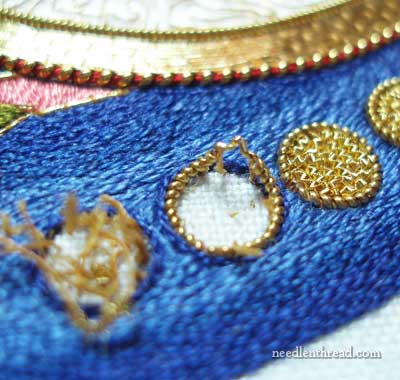
May 7, 2012
At the end of last week, we took an up-close, personal look at Portuguese Whitework: Bullion Embroidery from Guimarães by Yvette Stanton. Today, because I know you’re just dying to add this book to your needlework library, it’s time for a give-away!
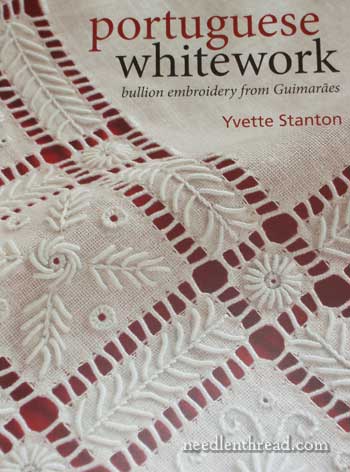
May 4, 2012
Well, here it is! Yvette Stanton’s new hand embroidery book, Portuguese Whitework: Bullion Embroidery from Guimarães is out and available. And golly! It is beautiful!
If you’re familiar with Yvette’s other books on various types of lesser-known, beautiful whitework techniques, you won’t be surprised that this one is superb. I have to say, though, out of all her whitework books, so far, this one is my favorite. Perhaps it’s because her books just keep getting better and better, or maybe it’s because I have an affinity for the combination of drawn thread embroidery and surface embroidery. Guimarães embroidery just does this combination so well!
Let me show you what’s in the book – if you like whitework, this is bound to tickle your fancy!

May 3, 2012
Schwalm whitework embroidery is a folk embroidery that developed in the Schwalm region of Germany. It is characterized by its folk design elements (tulips, hearts, flowers, and so forth) and drawn thread (openwork) fillings.
